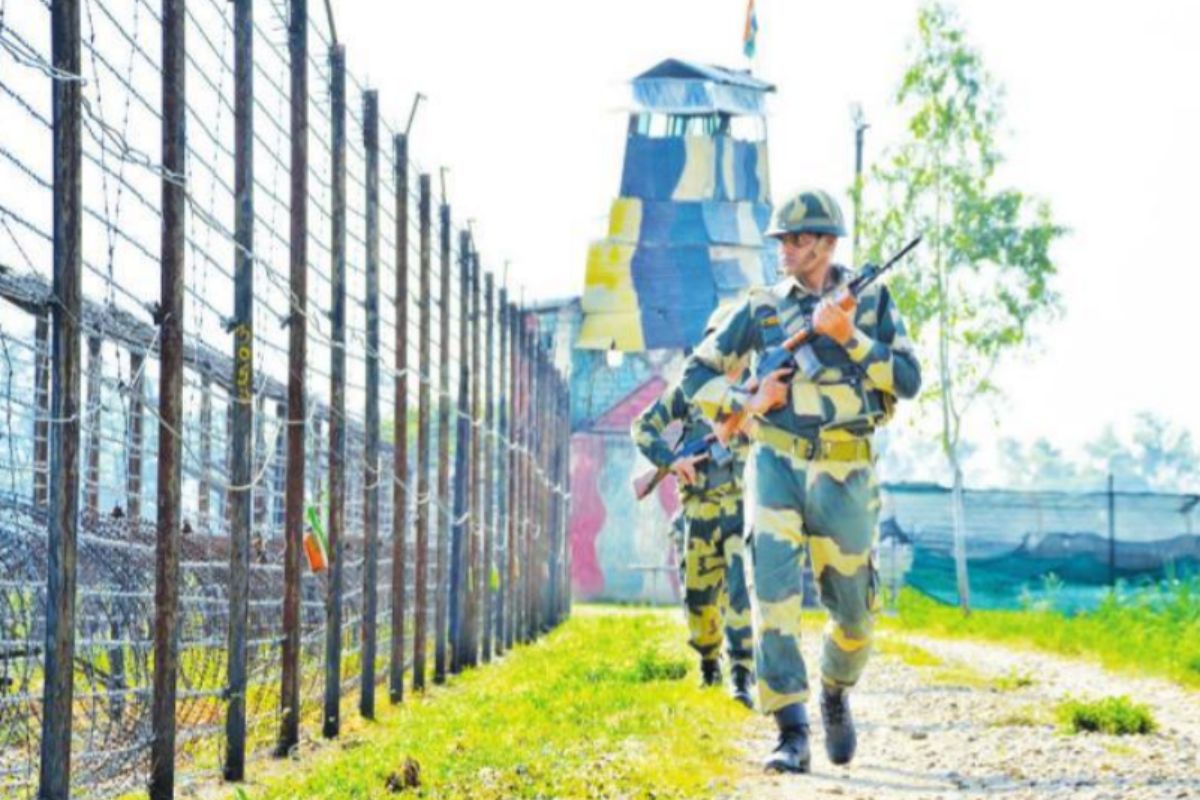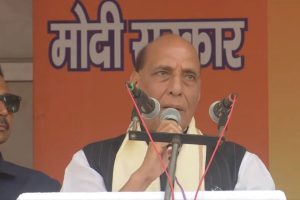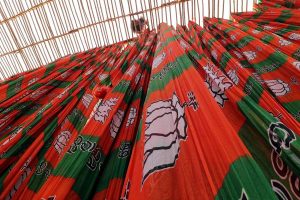Speaking in Srinagar, former chief minister of Jammu and Kashmir, Farooq Abdullah stated, “The caravan of militancy won’t end till the time you do not try to win the hearts of the people of J and K and start a dialogue with the neighbouring country and find a resolution.” These are standard comments flowing from valley politicians whenever they are out of power. In his first public address, Pakistan’s prime minister, Shehbaz Sharif stated, “For prevalence of peace in Asia, it’s India’s responsibility to revoke the unilateral and illegal decision of August 5, 2019, so that the issue of Jammu and Kashmir can be resolved with talks.” Winning hearts and talking to Pakistan are two vastly different subjects. Most Kashmiris have understood the benefits of being Indian, with a minority seeking to join Pakistan on religious lines. They have also realized that Article 370 is of a bygone era and will never return. Simultaneously, demands for talks are not new, nor is Pakistan’s policy of ensuring J and K continues to face violence and innocent killings.
India’s actions at Balakote compelled Pakistan to recalibrate its strategy on Kashmir. It realized that incidents like Uri or Pulwama would invite retaliation which would highlight shortcomings within the Pakistani armed forces. Recent years have witnessed a changing global scenario indirectly impacting Indo-Pak relations. These include the diplomatic and economic rise of India, its tilting to the west, mainly the US, the Ladakh standoff with China and India’s ability to stand its ground. Simultaneous, there has been Pakistan’s economic downslide, near isolation, being on the FATF Grey List for a prolonged duration and the US withdrawal from Afghanistan. While India rose in stature, Pakistan receded. Added are changing global perceptions of China, visible in a recent joint address by the directors of the British MI 5 and US FBI. They warned that “the Chinese government is trying to shape the world by interfering in our politics (and those of our allies).”
For India, it would imply added attempts to change status quo along its northern borders, as also coordinating with Pakistan to ignite internal fires. The development of infrastructure by both India and China along the LAC indicates that the region would remain a primary concern for India, with the Indo-Pak border taking a secondary role. The movement of a corps from India’s western borders to its northern frontier further accentuates this belief. India’s refusal to normalize relations with China unless resolution of the LAC standoff to pre-Apr 2020 positions displays a hardening of stand. It is similar to India’s firm noterror talks stance with Pakistan. This is a confident India, unwilling to buckle under pressure. Pakistan shifting forces from its border with India to stem rising violence in Baluchistan and Khyber Pakhtunkhwa, displays that its primary concern is stabilizing its growing internal instability. Finally, the US re-entry into the region to regain lost ground could benefit Pakistan.
It is in this context that India needs to reassess Pakistan’s possible future strategies against it. Firstly, it is an accepted fact that the Zia era policy of ‘bleeding India by a thousand cuts’ is there to stay. No Pakistani government nor army chief can stem it. Secondly, Pakistan has commenced reigniting the Khalistan movement, though with limited success. It will take advantage of the global demand for Khalistan and attempt to link the Kashmir militancy with the Khalistan movement. To overcome its inability to push in arms it has switched to narco-terrorism including by increased employment of drones. Large recoveries of drugs in Punjab and J and K emanating from Pakistan substantiates this. It hopes to project a local character to militancy in both regions. Thirdly, Pakistan will employ information warfare to exploit India’s internal fault lines. The banning of Pakistani social media handles and YouTube channels by the government proves that India is aware of Pakistan’s intentions. For Pakistan, igniting riots is a cheaper option for keeping India internally engaged as also damage its economy and global standing. Pakistan-based media handles have projected India as intolerant and Islamophobic.
These lower India’s democratic standing and impact its relations with Islamic nations. Fourthly, Pakistan will continue raising Kashmir in every global or regional forum. It will continue insisting on resolving Kashmir based on UN resolutions and desires of the populace, ignoring the fact that the UNSC resolution was bypassed by it and post the Shimla agreement and Lahore declaration, it has no global standing. Internally, it will display support for the Kashmir cause by criticizing Indian security forces. At the same time, it will keep harping that peace in South Asia is dependent on resolution of Kashmir. Its unrealistic demand of restoring article 370 certifies its intention of placing the onus of talks on India. Fifthly, Pakistan is aware that it lacks military capability to challenge India and hence will not permit any incident which could invite Indian military reactions as also global criticism. Sixthly, Pakistan understands that China will also not desire IndoPak relations moving towards normalcy. For China, Pakistan’s needling of India is essential to its strategy in Ladakh.
Pakistan cannot and will not exploit an Indo-China clash to further its own aims, aware that it may end up as the loser. Finally, Pakistan needs US support for multiple reasons, including financial aid from IMF, removal from FATF Grey List and supply of armaments. It will take advantage of the US’s emerging interests in the region. Pakistan remains bogged down by its proximity to China. This results in distrust by global organizations including the IMF and unwillingness of the US to freely engage with it. Pakistan is also compelled to regain its lost space with Middle East nations, who are now investing in India. Thus, it would seek to remain in the background while blaming India for the impasse and accusing it of being Islamophobic. Under current conditions IndoPak enmity will remain. India would continue battling low-grade militancy while weaning youth away from joining terrorist groups. If valley political parties seek to contribute positively, then they must win over radicalized youth and stop raising the bogie of talks.











